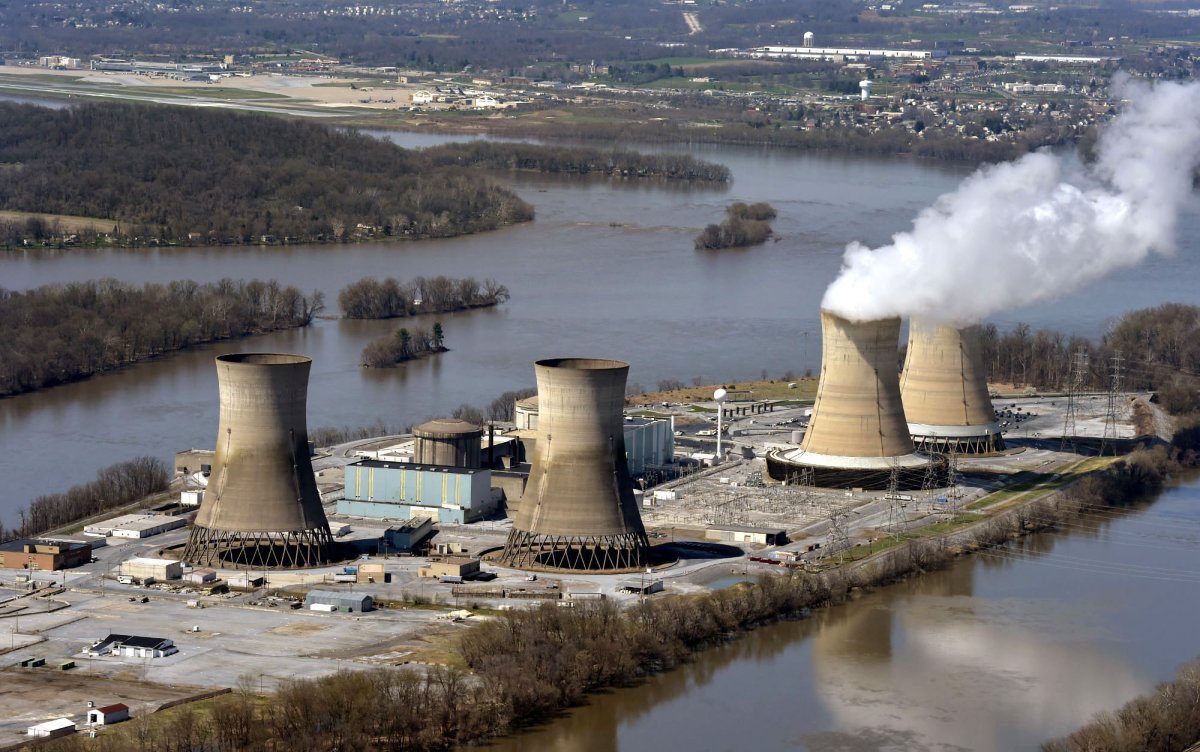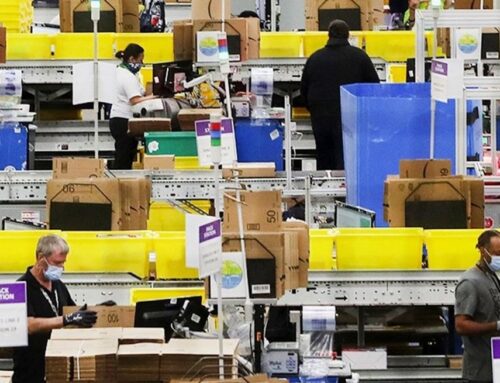Tech giants Amazon and Google bet on nuclear energy for clean power
October 16, 2024
Amazon has announced a significant investment in small nuclear reactors, following a similar move by Google just days earlier.
Both tech giants are racing to find sustainable energy solutions to meet the growing power demands of their massive data centers, which are essential for the expansion of artificial intelligence and cloud computing.
These announcements come after Microsoft struck a deal to restart the shuttered Three Mile Island nuclear plant to power its own data centers. As traditional renewable sources like solar and wind are not enough to meet soaring demands, nuclear energy offers a carbon-free alternative. Both companies aim to reduce their carbon footprints while securing enough reliable power for their operations.
Nuclear power is considered a vital climate solution as it produces no greenhouse gas emissions, unlike fossil fuels such as oil, coal, and natural gas. Global electricity consumption hit record highs last year, driven by the electrification of buildings, vehicles, and particularly, the rise of data centers.

The Google logo, left, is displayed at the company’s headquarters in Mountain View, Calif., on July 19, 2016, and the Amazon logo is displayed on the exterior wall of the Amazon OXR1 fulfillment center in Oxnard, Calif., on Aug. 21, 2024. On Wednesday, Amazon said that it was investing in small nuclear reactors, coming just two days after a similar announcement by Google.
AP Photo
The International Energy Agency predicts that by 2026, data centers will consume over 1,000 terawatt hours of electricity, doubling their usage from 2022. Just one terawatt hour can power around 70,000 homes for an entire year.
“AI is driving a significant increase in the number of data centers and power required,” said Kevin Miller, vice president of global data centers at Amazon Web Services, adding that nuclear capacity is essential to keep up with demand.
Both Amazon and Google are focusing on small modular reactors (SMRs), a newer technology designed to generate a fraction of the power produced by traditional nuclear reactors.
These reactors are expected to be built faster and at a lower cost, with the first units potentially operational by the early 2030s, pending approval from the Nuclear Regulatory Commission.
Google signed a contract with nuclear technology company Kairos Power, aiming to bring the first SMRs online by 2030 and expand to 500 megawatts by 2035.

An aerial view of Three Mile Island, in Dauphin County, Pa., April 18, 2018. In September, Microsoft signed a 20-year deal to purchase power from the Pennsylvania plant, which would reopen in 2028 after improvements.
Richard Hertzler/AP Photo
Amazon is working with Dominion Energy to explore placing an SMR near the North Anna nuclear station in Virginia and has partnered with X-energy and Energy Northwest for projects in Washington state.
Despite these ambitious plans, the combined nuclear capacity from Amazon’s projects—potentially over 5,000 megawatts—would still be a small portion of its total energy use.
Both Amazon and Google remain committed to 100% renewable energy by 2030, with each company also striving to achieve net-zero carbon emissions in the coming decades.
However, the road to carbon neutrality is still challenging, as seen with Amazon’s recent sustainability report, which noted a 7% rise in direct emissions, despite efforts to cut electricity-related emissions.
This article includes reporting from The Associated Press
Search
RECENT PRESS RELEASES
Related Post



